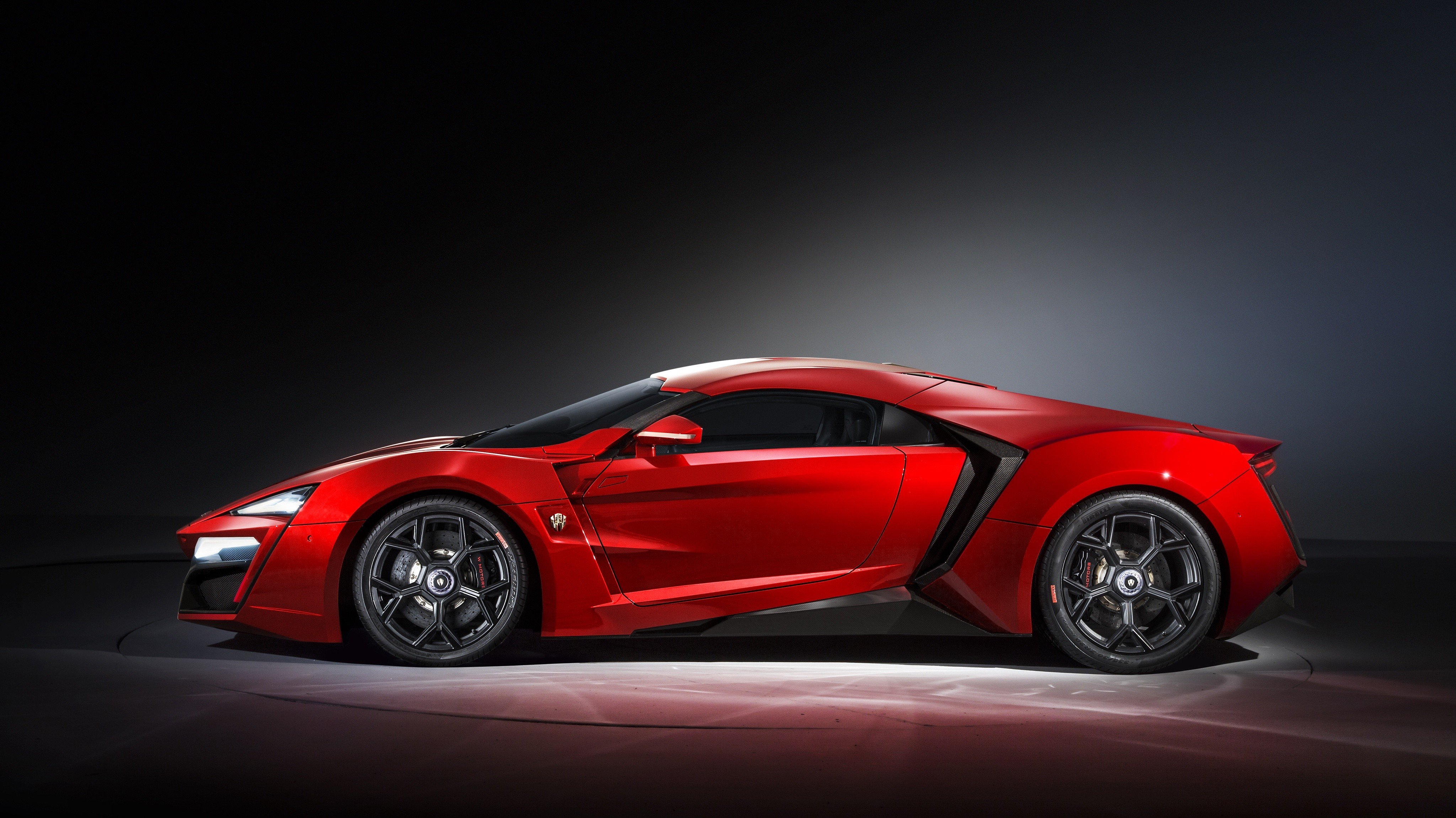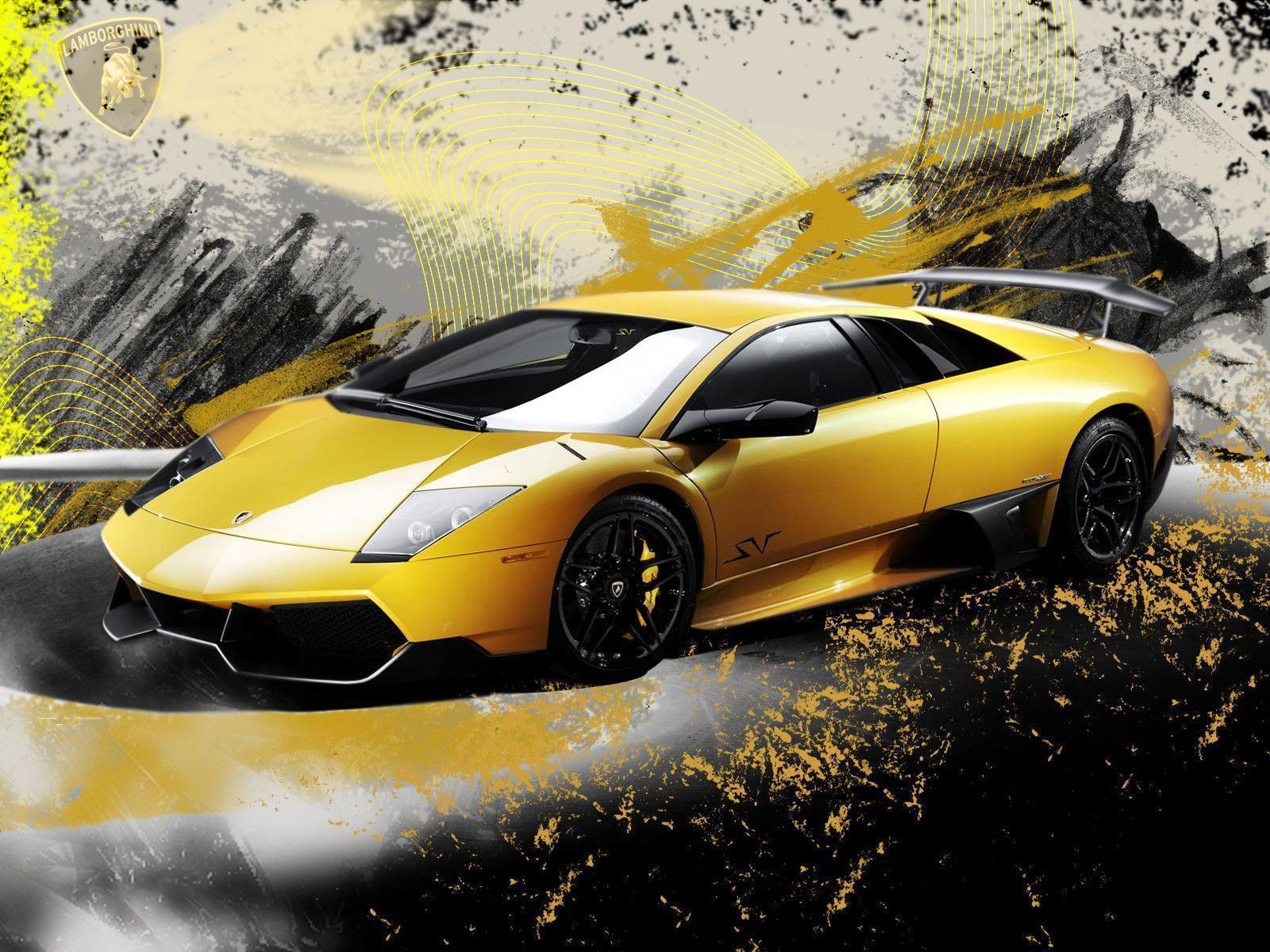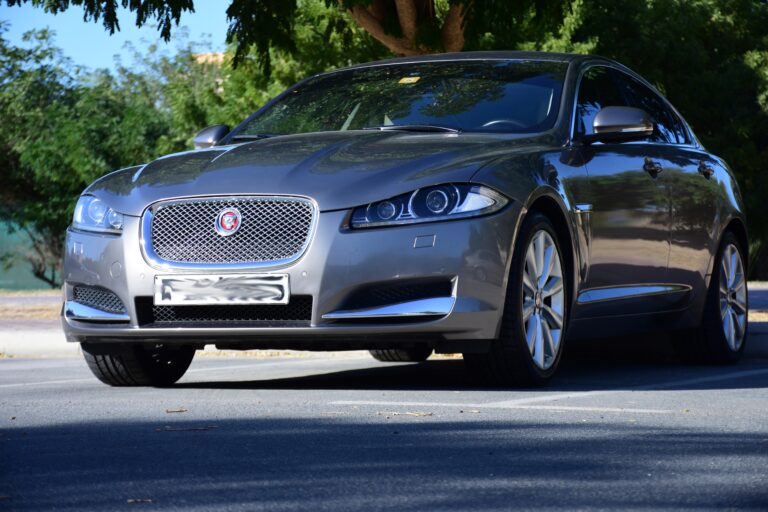Car Brand From Bologna: The Raging Bull of Sant’Agata Bolognese
Car Brand From Bologna: The Raging Bull of Sant’Agata Bolognese cars.truckstrend.com
An Introduction to Automotive Excellence
When one speaks of a "Car Brand From Bologna," the mind invariably conjures images of unbridled power, audacious design, and a lineage steeped in fierce rivalry and groundbreaking innovation. This iconic marque is none other than Automobili Lamborghini S.p.A., a name synonymous with exotic supercars that push the boundaries of performance and luxury. Nestled in Sant’Agata Bolognese, a small town within the metropolitan city of Bologna, Italy, Lamborghini has, for over six decades, been a beacon of Italian engineering prowess and artistic flair, establishing itself as a global titan in the ultra-luxury automotive segment.
Car Brand From Bologna: The Raging Bull of Sant’Agata Bolognese
Lamborghini’s importance extends far beyond its impressive sales figures. It represents a philosophy of defiance, a refusal to conform, and a relentless pursuit of perfection. From its very inception, born out of a perceived flaw in a competitor’s product, Lamborghini has carved its own unique path, offering a visceral driving experience combined with designs that are often described as moving sculptures. This article will delve deep into the essence of this magnificent car brand, exploring its storied past, its design and engineering philosophies, the unique ownership experience it offers, and its vision for the future.
The Genesis of the Raging Bull: Ferruccio Lamborghini’s Vision
The story of Lamborghini begins not with a passion for racing, but with a background in agricultural machinery. Ferruccio Lamborghini, a successful industrialist who had amassed a fortune building tractors, was a wealthy man with a penchant for luxurious cars, including Ferraris. Legend has it that Ferruccio was frustrated with the clutch in his Ferrari 250 GT. After numerous repairs, he reportedly approached Enzo Ferrari directly with suggestions for improvement. Enzo, known for his fiery temperament and disdain for ‘amateurs’ meddling in his race car-derived road cars, allegedly dismissed Ferruccio, telling him to "stick to making tractors."
This insult, whether entirely true or embellished over time, ignited a spark in Ferruccio. He was convinced he could build a better, more refined, and more powerful grand tourer. Thus, in 1963, Automobili Lamborghini S.p.A. was founded in Sant’Agata Bolognese, just a short drive from Ferrari’s Maranello headquarters. Ferruccio’s initial goal was not to build race cars for the road, but comfortable, powerful, and technologically advanced GT cars.
His first model, the 350 GT, debuted in 1964 and immediately showcased a level of sophistication and power that rivaled the established players. However, it was the revolutionary Miura, unveiled in 1966, that truly cemented Lamborghini’s place in automotive history. With its stunning Bertone design and groundbreaking mid-engine layout, the Miura became the quintessential supercar, a benchmark for performance and beauty that captivated the world and directly challenged Ferrari’s dominance.
Design Philosophy and Iconic Models
Lamborghini’s design language is arguably its most distinctive trait. From the angular, aggressive lines of the Countach to the sharp, aerodynamic forms of modern Aventadors and Huracáns, every Lamborghini is designed to be noticed. This aesthetic is often described as "brutal elegance," a harmonious blend of raw power and sophisticated artistry. Early designs were largely penned by Marcello Gandini at Bertone, who was responsible for the Miura, Countach, and Diablo, establishing the wedge-shaped, scissor-doored archetype that became synonymous with the brand.
Key design elements that define Lamborghini include:

- Sharp Angles and Geometric Shapes: Inspired by aerospace and military vehicles, creating a sense of speed and aggression even when static.
- Low Slung Profile: Emphasizing performance and a connection to the road.
- Scissor Doors: A signature feature on V12 models since the Countach, adding to the theatricality and exclusivity.
- Muscular Haunches: Conveying power and stability.

Over the decades, Lamborghini has produced a series of iconic models that have become automotive legends:
- Miura (1966-1973): The original supercar, a mid-engine masterpiece.
- Countach (1974-1990): The poster car of a generation, known for its radical wedge shape and scissor doors.
- Diablo (1990-2001): A fitting successor to the Countach, maintaining its aggressive stance.
- Murciélago (2001-2010): The first V12 model under Audi ownership, blending tradition with modern engineering.
- Gallardo (2003-2013): The best-selling Lamborghini ever, a more accessible V10 supercar that broadened the brand’s appeal.
- Aventador (2011-2022): The quintessential modern V12 Lamborghini, a technological tour de force.
- Huracán (2014-Present): The current V10 model, known for its incredible agility and performance.
- Urus (2018-Present): The "Super SUV," a game-changer that significantly boosted Lamborghini’s sales and profitability, proving the brand’s ability to adapt.

Engineering Excellence and Performance
Beneath the dramatic exteriors lies a world of cutting-edge engineering. Historically, Lamborghini’s heart has been its naturally aspirated V10 and V12 engines, celebrated for their raw power delivery, exhilarating sound, and immediate throttle response. These engines, often mounted longitudinally, have been refined over decades to deliver breathtaking performance figures.
Modern Lamborghinis incorporate advanced materials like carbon fiber for chassis construction (e.g., the monocoque of the Aventador) and body panels, contributing to lightweighting and enhanced rigidity. Sophisticated aerodynamics, active suspension systems, all-wheel drive, and advanced torque vectoring systems work in concert to manage the immense power and ensure exceptional handling, even at extreme speeds.
Performance statistics are staggering:
- 0-100 km/h (0-62 mph): Often under 3 seconds.
- Top Speed: Regularly exceeding 320 km/h (200 mph), with some models pushing past 350 km/h (217 mph).
- Power Output: V10 engines typically produce over 600 horsepower, while V12s consistently exceed 700 horsepower, with special editions reaching over 800 hp.
The brand is now embarking on a significant journey towards electrification, exemplified by its "Direzione Cor Tauri" roadmap. This commitment will see all its core models become hybrids by 2024, followed by the introduction of its first fully electric vehicle in the latter half of the decade, signaling a monumental shift while striving to preserve the core Lamborghini driving experience.
The Lamborghini Ownership Experience
Owning a Lamborghini is not merely about possessing a car; it’s about entering an exclusive world. The ownership experience is defined by:
- Exclusivity: Each Lamborghini is a limited production vehicle, ensuring rarity and desirability.
- Customization (Ad Personam): Lamborghini offers an extensive personalization program, allowing owners to tailor every detail of their vehicle, from paint colors to interior stitching, making each car truly unique.
- Luxury and Craftsmanship: Despite their performance focus, interiors are exquisitely crafted with premium materials like fine leather, Alcantara, and carbon fiber, combining ergonomic design with a luxurious ambiance.
- Visceral Driving Dynamics: The low seating position, direct steering, powerful engines, and incredible acoustics deliver an unparalleled, engaging, and often theatrical driving experience.
- Community and Events: Lamborghini owners often connect through exclusive events, rallies, and clubs, fostering a strong sense of community around the brand.
Practical Advice for Potential Owners:
- Research Thoroughly: Understand the specific model’s characteristics, maintenance requirements, and depreciation trends.
- Authorized Dealers are Key: Purchase from and service your Lamborghini at authorized dealerships to ensure authenticity, proper care, and access to genuine parts and expertise.
- Financial Considerations: Beyond the hefty purchase price, factor in insurance, specialized maintenance, and fuel costs. These are not daily drivers for most, and running costs are substantial.
- Consider Pre-Owned: The pre-owned market can offer significant value, but thorough inspection by a certified mechanic is paramount.
- Enjoy the Drive: A Lamborghini is meant to be driven and experienced. Don’t let it sit in a garage; embrace the unique thrill it offers.
Challenges and Evolution
Lamborghini’s journey has not been without its challenges. The company faced financial difficulties multiple times throughout its history, leading to changes in ownership. After Ferruccio sold his stake in the 1970s, the company passed through various hands, including Chrysler Corporation, until it was eventually acquired by Audi AG (part of the Volkswagen Group) in 1998. This acquisition proved to be a turning point, providing the necessary financial stability, technological resources, and management expertise to propel Lamborghini into its modern era of prosperity.
Adapting to increasingly stringent global regulations regarding emissions, safety, and noise has been a continuous challenge. Lamborghini has had to innovate while preserving its core identity. The introduction of the Urus SUV was a bold move, initially met with skepticism by purists, but it proved to be a resounding success, dramatically increasing sales volumes and securing the company’s financial future, allowing continued investment in its supercar lines.
The current challenge lies in the transition to electrification. Lamborghini must find a way to electrify its powertrains without losing the emotional connection and unique character that its naturally aspirated engines provide. This involves developing hybrid systems that enhance performance and efficiency while maintaining the distinctive sound and response of a Lamborghini.
Sustainability and Future Outlook
Lamborghini is committed to a sustainable future. Its "Direzione Cor Tauri" roadmap outlines a clear path towards decarbonization. This strategy involves:
- Hybridization: Investing heavily in hybrid powertrains for all its next-generation super sports cars, starting with the Aventador replacement (Revuelto).
- First Full EV: Launching its first fully electric model, likely a 2+2 grand tourer, in the second half of the decade.
- Sustainable Production: Continuously improving the environmental impact of its Sant’Agata Bolognese factory, which achieved carbon-neutral certification in 2015.
The future of Lamborghini looks bright, balancing its rich heritage with technological innovation. The brand aims to continue producing exclusive, high-performance vehicles that thrill drivers and inspire awe, all while navigating the complexities of a rapidly evolving automotive landscape.
Concluding Summary
The "Car Brand From Bologna," Automobili Lamborghini, stands as a testament to the power of vision, resilience, and unyielding passion. Born from a moment of defiance, it has grown into a global icon, celebrated for its dramatic designs, formidable performance, and uncompromising luxury. From the groundbreaking Miura to the game-changing Urus and the revolutionary hybrid Revuelto, Lamborghini has consistently pushed boundaries, demonstrating an ability to innovate while staying true to its core identity.
Its journey through various ownerships, culminating under the stable guidance of the Audi/VW Group, has allowed it to flourish, embracing new technologies and market segments without sacrificing its distinctive soul. As it steers towards an electrified future, Lamborghini faces exciting challenges, but its history suggests it will meet them head-on, continuing to deliver exhilarating machines that embody the spirit of the raging bull from Sant’Agata Bolognese.
Lamborghini Model Pricing (Representative Starting MSRP – USD)
Please note: Prices are approximate starting MSRPs for the base models and can vary significantly based on customization, options, taxes, regional market conditions, and availability. Special editions and limited-run models often command much higher prices.
| Model Name | Type | Engine Type | Starting MSRP (Approx. USD) | Key Feature/Note |
|---|---|---|---|---|
| Huracán EVO | Coupe/Spyder | 5.2L Naturally Aspirated V10 | $215,000 | Balanced performance, engaging driving. |
| Huracán STO | Coupe (Track-Focused) | 5.2L Naturally Aspirated V10 | $330,000 | Super Trofeo Omologata, road-legal race car. |
| Huracán Tecnica | Coupe | 5.2L Naturally Aspirated V10 | $280,000 | Hybrid of EVO and STO, road and track capable. |
| Urus S | Super SUV | 4.0L Twin-Turbo V8 | $235,000 | High-performance SUV, daily usability. |
| Urus Performante | Super SUV | 4.0L Twin-Turbo V8 | $265,000 | Lighter, more powerful Urus variant. |
| Revuelto | Coupe | 6.5L V12 Plug-in Hybrid | $600,000+ | Successor to Aventador, first V12 PHEV. |
| Countach LPI 800-4 | Coupe (Limited Edition) | 6.5L V12 Mild-Hybrid | $2,600,000+ | Modern tribute to the original Countach (sold out). |
Prices are for new models and are subject to change. Always consult an authorized Lamborghini dealer for the most accurate and up-to-date pricing.
Frequently Asked Questions (FAQ) about Lamborghini
Q1: Where is Lamborghini located?
A1: Automobili Lamborghini S.p.A. is headquartered in Sant’Agata Bolognese, Italy, a small town within the metropolitan city of Bologna, in the Emilia-Romagna region.
Q2: Who owns Lamborghini?
A2: Lamborghini is a subsidiary of Audi AG, which in turn is a wholly-owned subsidiary of the Volkswagen Group.
Q3: What is the significance of the bull emblem?
A3: The bull emblem (the "Raging Bull") is a direct reference to Ferruccio Lamborghini’s zodiac sign, Taurus. Ferruccio was also a great enthusiast of bullfighting, and many Lamborghini models are named after famous fighting bulls or bullfighting terms (e.g., Miura, Aventador, Gallardo, Huracán).
Q4: Why did Ferruccio Lamborghini start making cars?
A4: Ferruccio Lamborghini, a successful tractor manufacturer, reportedly started building cars after a dispute with Enzo Ferrari. He claimed Enzo dismissed his suggestions for improving his Ferrari’s clutch, prompting Ferruccio to decide he could build a better grand tourer himself.
Q5: Are Lamborghinis reliable?
A5: While modern Lamborghinis, especially those produced under Audi’s ownership, have significantly improved in terms of reliability compared to their vintage counterparts, they are still highly complex, high-performance machines. They require specialized maintenance and care, and running costs are substantial. They are built for extreme performance, not necessarily everyday commuter reliability.
Q6: What is the most expensive Lamborghini ever sold?
A6: The most expensive Lamborghinis are often rare, limited-edition models or significant classics sold at auction. Examples include the Veneno, Sian FKP 37, and Centenario. Auction prices for vintage models like a Miura SV can also reach several million dollars. The Countach LPI 800-4, a modern tribute, had a starting price over $2.6 million.
Q7: Does Lamborghini make SUVs?
A7: Yes, Lamborghini produces the Urus, which they brand as the world’s first "Super Sport Utility Vehicle" (SSUV). It combines the performance of a supercar with the versatility of an SUV, and it has become their best-selling model.
Q8: What’s the future of Lamborghini regarding electric cars?
A8: Lamborghini has committed to a comprehensive electrification strategy called "Direzione Cor Tauri." This plan includes hybridizing all its current model lines by 2024 (starting with the Revuelto, the Aventador replacement) and introducing its first fully electric vehicle (BEV) in the second half of the decade.



